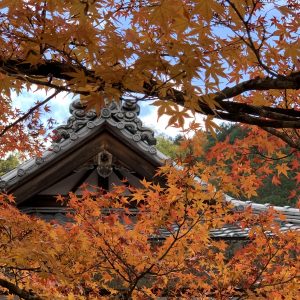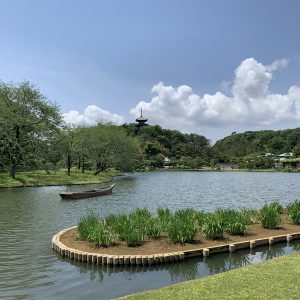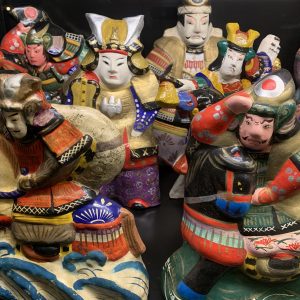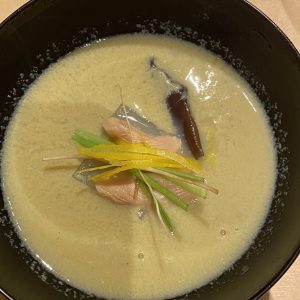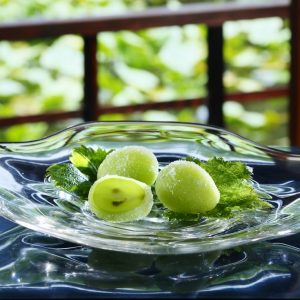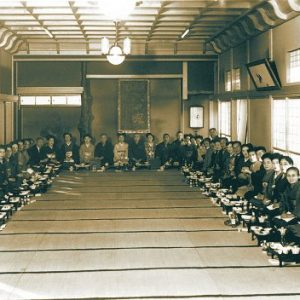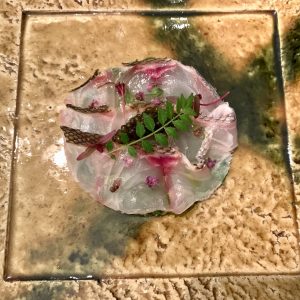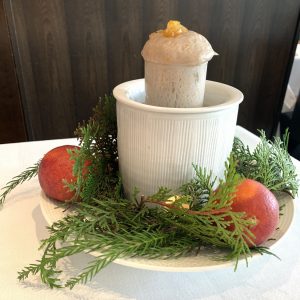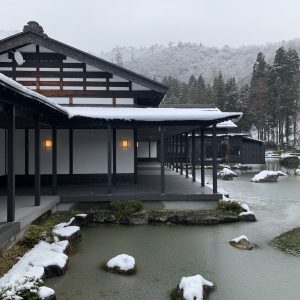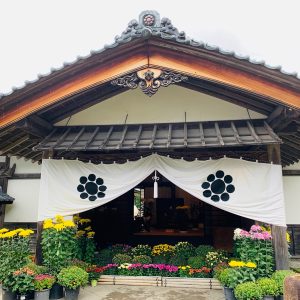Takato Tamagami’s Favorite Things
We asked Takato Tamagami, a Tokyo-based architect, about his favorite places, pastimes and more. Where do you live and why did you choose that neighborhood? I live with my wife and two children in Hatsudai, which is where my office is. What I like about this neighborhood is that it’s easy to get to both Shibuya and Shinjuku, so it’s very convenient and there are lots of places to eat. Hatsudai also retains the atmosphere of shitamachi, densely populated old Tokyo… Read more »



